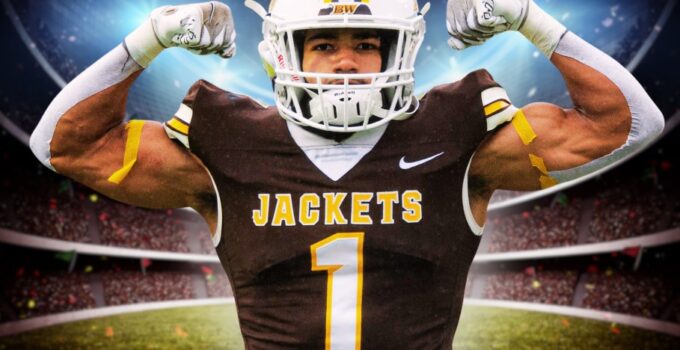Less than 2% of college football players make it to the National Football League, an already staggering statistic that can eclipse the even more extraordinary journey of Division III athletes who achieve professional gridiron glory.
Nevertheless, D3 football players in the NFL are not just anomalies; they’re trailblazers forging respected NFL success stories from Division 3 roots. These individuals leap from small-scale venues to the grand stages of stadiums, crafting Division III NFL careers that inspire and shake the foundations of football’s traditional power dynamics.
Their stories may begin off the beaten path of mainstream sports media coverage, but the impact of D3 athletes on professional football is undeniable.
Every snap, every tackle, and every touchdown etches their place further into the annals of football history, proving that determination and talent can triumph over the most daunting of challenges.
Key Takeaways
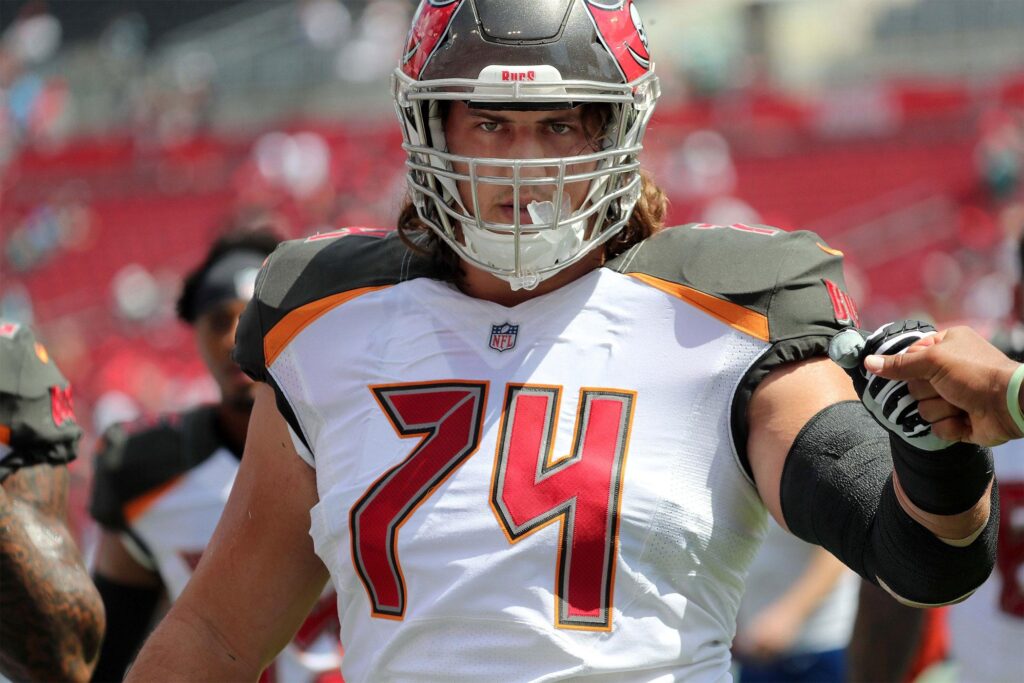
Source: ncaa.com
- Division III signal-callers and defenders have made significant inroads into the NFL, showcasing grit and talent.
- NFL success stories from Division 3 emphasize the potential for greatness regardless of collegiate divisional play.
- D3 players in the NFL embody determination and skill, overcoming less exposure and resources to make their mark.
- The growth of Division III NFL careers highlights a shift in scouting and recognition of diverse talent pools.
- Each D3 player’s climb to the NFL serves as a beacon of possibility for current and future Division III football hopefuls.
The Journey from Division III to Professional Football
The narrative of Division 3 football athletes making it to the professional stage is not just inspiring; it’s a testament to the sheer determination and raw talent harbored within these underdog institutions.
Unlike their Division I counterparts, D3 players excel in an environment that may lack the glitz and glamour but is rich in passion and perseverance. Such tenacity often leads to unnoticed yet significant contributions to the NFL, carving out a special place for D3 football talent in the league.
Understanding Division III Football Dynamics
Division III football operates with a distinct ethos. It emphasizes student-athlete balance and often forgoes the extensive resources commonplace in larger programs.
This grassroots approach, however, cultivates resilience and a strong team ethic, qualities essential for success in life and, potentially, in professional football. Division 3 football athletes are a breed set apart, accustomed to overcoming challenges through ingenuity and hard work.
Navigating the Path to the NFL Draft
The route to the NFL Draft for a D3 player is fraught with obstacles, yet undeniably rewarding for those who become standout athletes. Scouting in D3 is not as prevalent, compelling players to shine brighter to catch the eyes of NFL executives.
Pro days, regional combines, and all-star games become crucial platforms for D3 players in professional football to demonstrate their skills – a chance to turn years of relentless effort into moments of undeniable talent.
Success Stories of D3 Alumni in the NFL
Stories of D3 football talent in the NFL like that of London Fletcher, who attended John Carroll University, ignite hope for aspiring athletes.
Fletcher’s celebrated 16-season career, punctuated with four Pro Bowl selections, sets a high bar and creates a roadmap for success originating from Division III roots. These alumni not only make a name for themselves but also carve out a legacy, encouraging future D3 talents to dream big and work harder.
Division 3 Football Players’ Impact in the NFL
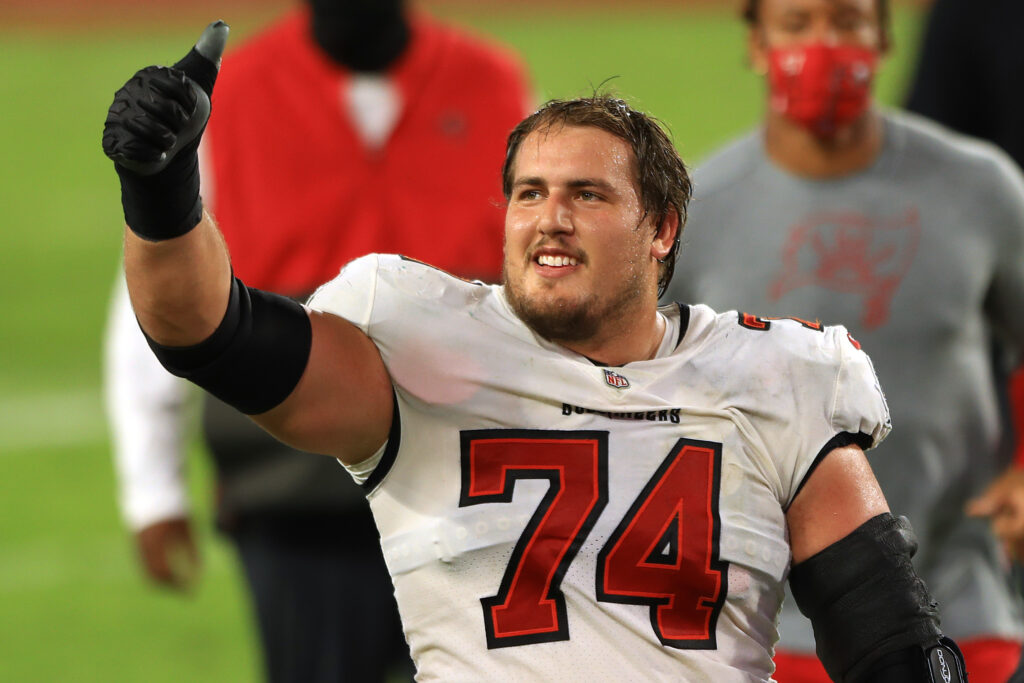
Source: syracuse.com
The journey of Division 3 football players to the NFL is a remarkable demonstration of sheer determination and resilience. In the realm of professional sports, DIII athletes often go unnoticed, carving their paths to greatness away from the glaring spotlights of Division I programs.
Yet, their tenacious spirit and rigorous work ethic have spearheaded a legacy within the league, reshaping the narrative surrounding non-Division I talent.
Names like Pierre Garçon resonate deeply in conversations about DIII players who have ascended to the NFL. The wide receiver, coming from a small college powerhouse at Mount Union College, exemplifies the vigor and prowess that DIII athletes bring to the professional stage.
Garçon’s career in the NFL, involving critical receptions and touchdowns, serves not just as a personal triumph but as an illustrious beacon for upcoming DIII talents aspiring to compete at the highest level.
“Every time a Division 3 player steps onto an NFL field, it’s a testament to the potential that lies within these small programs and the boundless dedication these athletes carry within them.”
- Impact on Team Dynamics
- Contributions to Game-Winning Plays
- Role Models for Aspirational Athletes
Despite the monumental challenges, including fewer scouting opportunities and a comparative lack of resources, these DIII heroes have established themselves as invaluable assets to their respective NFL squads. Their stories are not merely footnotes; they are chapters of inspiration underscoring the Division 3 football players’ journey to the NFL.
While the odds may be steep and the journey arduous, DIII players who break the barrier into the NFL reframe the outlook for countless athletes following in their footsteps.
Triumphant narratives of DIII players in the NFL continue to foster a culture of possibility, proving time and time again that talent, heart, and hard work can surmount the most daunting of obstacles.
The Underdog Mentality: Overcoming Odds and Stereotypes
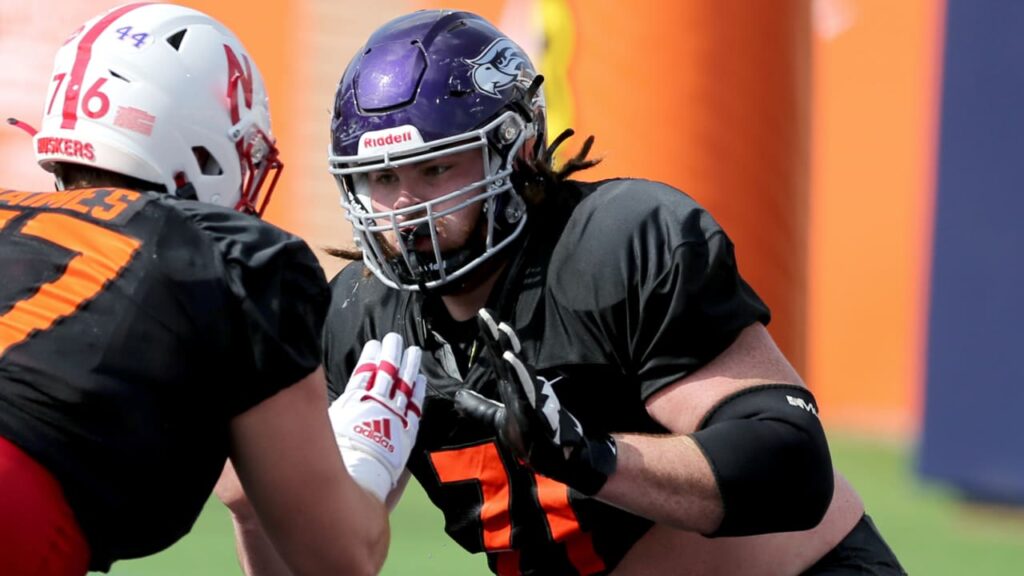
Source: nfl.com
The narrative of NFL success stories from Division 3 often reads like a script for an inspiring underdog film. These athletes have made the leap from small college programs to the grand stages of the NFL, consistently overcoming the odds stacked against them.
Their stories are the epitome of dedication and a testament to the indomitable spirit that propels these players from overlooked to celebrated pros.
Breaking Down Barriers: From Small Schools to Big Games
Division 3 football players face numerous challenges, from limited scouting exposure to fewer resources compared to their peers from larger programs. Yet, time and again, they surmount these obstacles through sheer perseverance and notable performances. These driven individuals rewrite the traditional expectations placed upon them as they chart their courses in the NFL.
Performance and Persistence: Key Attributes of D3 Players
Undoubtedly, two key attributes that characterize Division 3 players who achieve NFL success are performance and persistence. It’s not just about being talented; it’s also about a relentless pursuit of improvement and seizing every opportunity to showcase one’s capabilities.
These players often become integral components of their teams, stepping up to deliver impactful performances when it counts the most.
| Player | College | NFL Team(s) | Position |
|---|---|---|---|
| Fred Jackson | Coe College | Buffalo Bills, Seattle Seahawks | Running Back |
| Ali Marpet | Hobart College | Tampa Bay Buccaneers | Guard |
| Matt Turk | Wisconsin-Whitewater | Washington Redskins, Miami Dolphins, Others | Punter |
| Cecil Shorts | Mount Union College | Jacksonville Jaguars, Houston Texans, Others | Wide Receiver |
Their remarkable journeys of overcoming odds in the NFL are a huge source of inspiration for aspiring professional athletes, and their legacies continue to influence the sports world. The success of these players is a powerful reminder that potential and greatness can thrive anywhere, irrespective of the starting point.
Notable D3 Football Alums in NFL History
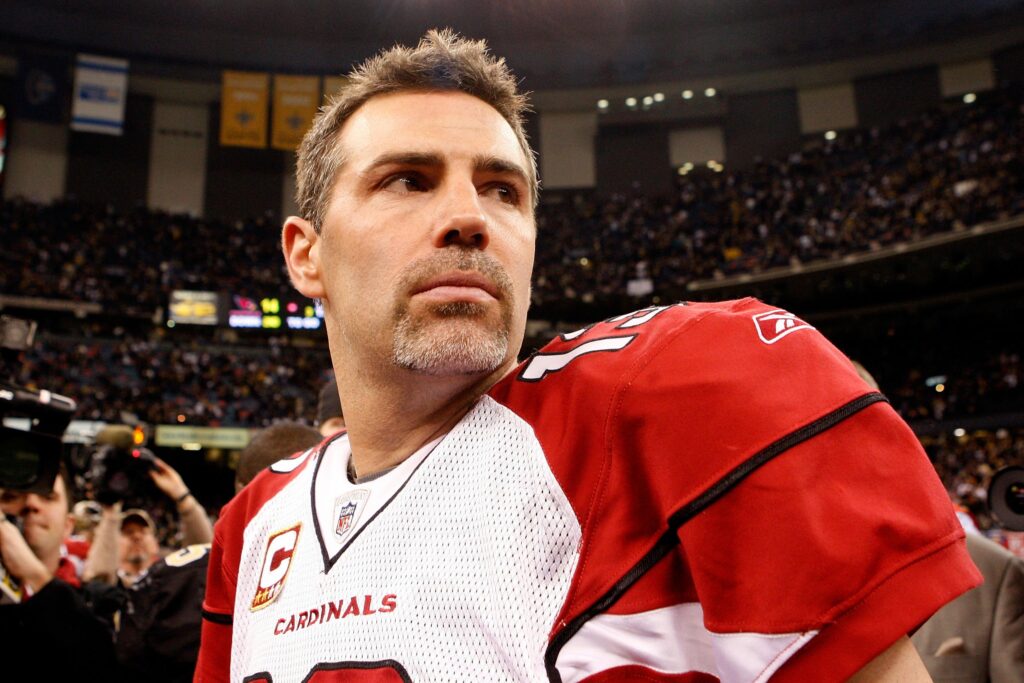
Source: bleacherreport.com
The transition from Division III football to the heights of the NFL is no small feat, yet there are those who have not only made the leap but have excelled, etching their names in sports history. These players demonstrate that with talent, tenacity, and the relentless drive to succeed, legendary Division III NFL careers are more than just a possibility—they’re a celebrated reality.
One of the most inspiring examples is Kurt Warner, who became a key figure in the NFL after going undrafted. His journey from the University of Northern Iowa to becoming a Super Bowl champion and NFL MVP is a testament to the potential of notable D3 to NFL players.
The narrative of these players echoes around the arenas of the NFL, showcasing that the path less traveled by can still lead to the peak of professional football excellence.
| Player | D3 College | NFL Achievements |
|---|---|---|
| Kurt Warner | University of Northern Iowa | Hall of Fame, Super Bowl Champion, 2x NFL MVP |
| Pierre Garçon | Mount Union College | Super Bowl XLVII Appearance, 6000+ Career Receiving Yards |
| Fred Jackson | Coe College | NFL 2010s All-Decade Team, Over 5000 Career Rushing Yards |
| London Fletcher | John Carroll University | 4x Pro Bowl Selection, Super Bowl XXXIV Champion |
The stories of these athletes are more than just interesting footnotes; they are powerful illustrations of what it means to challenge the status quo.
These notable D3 to NFL players prove that the heart and soul of football doesn’t discriminate against the small school player but instead celebrates those who can play with the giants of the game. They represent the hopes of every Division III player, inspiring future generations to reach for their NFL dreams.
Preparation and Training: A D3 Player’s Guide to the NFL
Transitioning from Division 3 football to the NFL is an uphill battle, where preparation and precise training can be the difference between a fleeting opportunity and a lasting career. For D3 athletes, the leap to the NFL is not just about talent—it’s about meticulous preparation for the rigor of professional play.
Physical and Mental Readiness for the Big League
Athletes intent on excelling in Division 3 football talent preparation must recognize the importance of a holistic approach. Physical readiness entails a strenuous, disciplined regimen that builds strength, speed, and agility.
But perhaps even more critical is the mental toughness required to navigate the grueling demands of the NFL. A D3 athlete’s training for the NFL is therefore as much about sharpening the mind as conditioning the body.
Adapting to the High-pressure Environment of the NFL
As D3 athletes move toward professional play, the stakes get exponentially higher. Training regimens must include scenarios that simulate high-pressure situations characteristic of the NFL to foster resilience.
Developing strategies to maintain composure and focus in a fiercely competitive environment is integral to a successful transition from Division 3 to the NFL stage.
D3 Football Players in the NFL: Now & Through History
The D3 football players’ historical journey to the NFL has been a testament to the tenacity and hard work required to succeed in the league. As we trace the footprints left by these athletes, it’s evident that the Division 3 legacy in the NFL is not one built overnight but is a cumulative narrative of persistence and breakthrough.
From the era of gritty beginnings to the present-day success stories, D3 alumni have evolved into an integral part of professional football’s diverse tapestry.
Examining the past and present influence of D3 players, the following table highlights key figures who have made significant contributions to the NFL and serves to acknowledge their place in the league’s history:
| Player | Division III School | NFL Team(s) | Career Highlights |
|---|---|---|---|
| London Fletcher | John Carroll University | St. Louis Rams, Buffalo Bills, Washington Redskins | 4× Pro Bowler, Super Bowl champion (XXXIV) |
| Pierre Garçon | Mount Union College | Indianapolis Colts, Washington Redskins, San Francisco 49ers | Super Bowl appearance (XLIV), Over 7,000 career receiving yards |
| Cecil Shorts | Mount Union College | Jacksonville Jaguars, Houston Texans, Tampa Bay Buccaneers | 2,979 career receiving yards |
| Fred Jackson | Coe College | Buffalo Bills, Seattle Seahawks | Over 9,000 all-purpose yards, Bills Wall of Fame |
These athletes, among others, illustrate the potential of Division 3 talent to rise in the ranks of professional football, breaking the mold and challenging preconceptions associated with non-FBS institutions. Inspired by their predecessors’ grit and success, modern D3 football players continue to journey into the NFL, carrying the torch that illuminates the path for future generations.
Challenges Faced by Division III Players in the NFL
Emerging from the shadows of Division III football, players who make it into the NFL are confronted with a landscape that often undervalues their journey and abilities.
The scouting of D3 football players typically lacks the fanfare and intensity directed at their Division I and Division II counterparts, requiring these athletes to showcase extraordinary talent and determination to get noticed. This uphill battle continues as they endeavor to overcome NFL teams’ perception that D3 football doesn’t produce NFL-caliber talent.
Overlooked Talent: The Scouting Process for D3 Players
Division III talent often slips under the radar, with major scouts and organizations investing their efforts and resources primarily in players from prestigious conferences.
As it tends to be in sport like football, athletes who lack physical and mental tenacity, or physical attributes such as height are often overlooked. Yet, there are instances where the diligence of D3 athletes pays off, leading to breakthroughs where their capabilities are recognized and brought to the forefront in NFL drafts.
NFL Teams’ Perception of Division 3 Football Talent
Once in the league, the preconceived notions held by NFL teams are the next obstacle. Division III players must consistently prove their worth, displaying not only the skill required for professional play but a work ethic and adaptability that can set them apart from their Division I and II associates.
It is a persistent effort to shift perceptions and showcase that Division III football harbors potential talents deserving of the NFL spotlight.
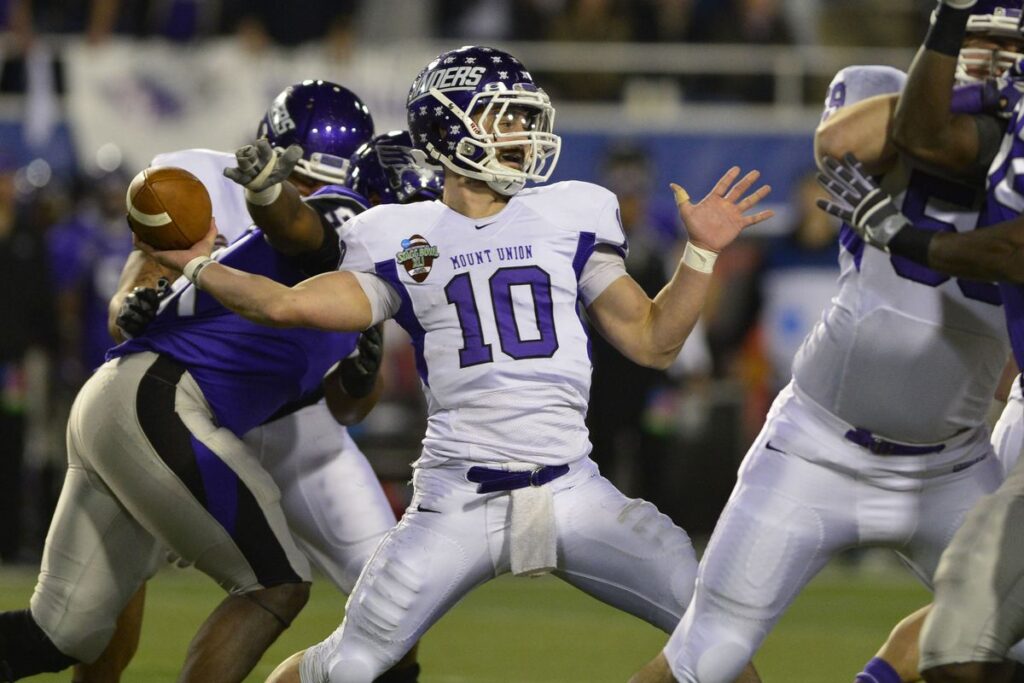
Source: sbnation.com
| D3 Player Challenge | NFL Scouting Attention | Perception Transformation |
|---|---|---|
| Lower Visibility | Fewer Scouts at Games/Pro Days | Continuous Performance Excellence |
| Limited Exposure | Less Media Coverage | Strategic Self-Promotion |
| Resource Discrepancy | Fewer Training Facilities | Making the Most of Combine Invites |
| Stereotypes | Underestimation of Skill Level | Proving Game Readiness and Versatility |
Despite these hurdles, the narrative of success is not unheard of, with players like London Fletcher and Pierre Garçon serving as prime examples of D3 talent that has risen above the challenge, altering the narrative and carving out exemplary careers in the NFL.
These stories serve not only as inspiration but also as a testament to the potential that Division III football players possess, capable of competing on football’s grandest stage.
The Role of D3 Coaches in Developing NFL-Ready Athletes
The landscape of college football is replete with unsung heroes, among which D3 coaches stand prominent for their undeniable influence in developing NFL-ready Division 3 athletes. These mentors harness a potent combination of skill development, strategic planning, and personal empowerment to convert raw talent into professional-grade prowess.
While larger programs may steal the limelight, D3 coaches invest countless hours into honing the skill sets of their athletes, often compensating for the resource limitations inherent to small school programs.
This is exemplified in the way they build close-knit relationships with their players, providing personalized guidance that is specifically catered to individual strengths and weaknesses.
- Instilling a professional work ethic and resilience
- Emphasizing the significance of game IQ and versatility
- Cultivating leadership qualities on and off the field
- Providing critical exposure through networking and showcasing events
D3 coaches also impart an understanding of the importance of mental fortitude, teaching athletes to maintain composure and focus in high-stress situations, paralleling the pressures of the NFL.
| Coach’s Contribution | Impact on Athlete |
|---|---|
| Customized training regimens | Physical and mental preparedness for professional play |
| Strategic game play instruction | Enhanced on-field decision-making, adaptability |
| Encouragement of leadership roles | Improved leadership and communication, critical for team dynamics |
| Networking with scouts and teams | Increased visibility and opportunities at professional level |
Through this intensive cultivation—or should we say, crafting—of each athlete’s potential, D3 coaches not only prepare their players for the realities of the NFL but also imbue them with the confidence and skill set to excel. Acknowledging the dramatic role of these coaches is essential in understanding the journey of Division 3 athletes to professional football greatness.
Transforming from D3 Standouts to NFL Rookies
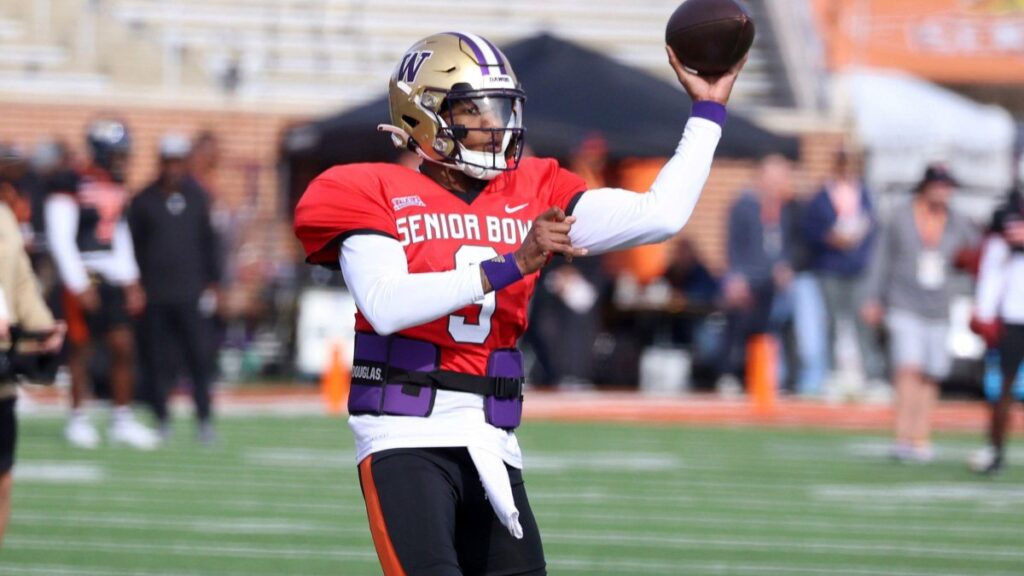
Source: pff.com
The leap from Division III football to the ranks of the NFL is a formidable one, characterized by the need for a significant D3 standout transformation. As these NFL rookie adjustments take center stage for newly drafted or signed athletes, the story is less about sheer talent and more about adaptability and growth in the face of rigorous challenges.
The term ‘NFL rookie adjustment’ doesn’t simply refer to learning the playbook; it encompasses the rigorous transformation in physicality, pace, and the mental game that D3 athletes undergo. Transitioning from standout college players to rookies in the professional league involves acclimating to the formidable demands placed on every NFL player.
Adjusting to the Pace and Physicality of Professional Play
Making the transition from D3 to the NFL is not without its tests, with one of the most prominent being the uptick in pace and physicality. Practices are faster, games are more intense, and the hits are harder.
Here, D3 athletes are challenged to elevate their physical conditioning and mental processing speed to meet the rigorous pace of the NFL—often within a very short window before the season starts.
Making the Most of Limited Opportunities in the NFL
The reality for many D3 players making the jump to the NFL is that opportunities to shine will be scarce. Every snap during practice, every preseason game, every meeting room session must be treated as a chance to prove their value to coaches who may be skeptical of their D3 pedigree. It’s in these limited opportunities that D3 standouts must shine to secure a more permanent role on the team.
Below is an overview of the imperative skills and adjustments that D3 athletes typically make to succeed in the NFL:
| Essential Skill | Description | Impact on Transition |
|---|---|---|
| Game Speed Adaptation | Adjusting to the faster pace of the NFL compared to D3 football. | Essential for on-field performance and reaction time. |
| Strength and Conditioning | Undergoing rigorous physical training to meet the demands of the NFL. | Helps prevent injury and improves overall durability. |
| Mental Toughness | Developing the resilience to handle the psychological pressure of the NFL. | Crucial for maintaining focus and bouncing back from setbacks. |
| Tactical Understanding | Learning complex playbooks and understanding team strategy. | Enables quicker integration into the team’s system. |
| Professionalism | Adapting to the NFL lifestyle, including media relations, and maintaining stamina throughout the season. | Important for long-term career development and public image. |
While the transition is demanding, several D3 athletes have made a mark in the NFL, proving that with determination and the ability to adjust, the dream of playing at the professional level is attainable.
Strategies for Maintaining Longevity in the NFL as a D3 Player
For Division III athletes who achieve the remarkable feat of breaking into the NFL, the dream does not stop at just setting foot on the professional field. The true challenge lies in maintaining NFL longevity, where planning, strategy, and adaptability are as crucial as athleticism.
D3 player career strategies often include mastering versatile roles and building a robust professional network, skills that are instrumental in thriving amidst the cutthroat competition of the league.
Embracing Special Teams and Versatility
Division III athletes have historically leveraged their multi-faceted skills to carve out a niche for themselves in the NFL. By actively embracing special teams’ responsibilities and displaying adaptability across various positions, these players enhance their value to a team, making them indispensable assets that cannot be easily replaced.
Versatility not only secures their spot on the roster but also opens opportunities for more substantial roles in the future.
Nurturing Professional Relationships and Continuous Learning
While exceptional game-day performance is critical, it’s the relationships cultivated off the field and the commitment to continuous skill improvement that often dictate a D3 player’s career durability.
Networking within the team and around the league can lead to mentorships, strategic alliances, and ultimately, career longevity. Lifelong learning and training ensure that a player remains a vital contributor, evolving alongside the ever-changing dynamics of NFL play.
| Strategy | Benefits | Examples in NFL |
|---|---|---|
| Special Teams Participation | Immediate playtime, valuable experience, team indispensability | Kickers, punt returners, coverage specialists |
| Role Versatility | Increased roster flexibility, adaptability to team needs | Players taking snaps both on offense and defense, or transitioning roles |
| Networking and Mentorship | Insights from seasoned professionals, strategic career advice | Relationships with coaches, former players |
| Continuous Learning and Training | Consistent performance improvement, staying ahead of competition | Offseason training programs, skill-specific camps |
Conclusion
The tales of determination and triumph exemplified by Division III athletes in the NFL resonate as a powerful testament to the human spirit’s resilience. The profound impact that these D3 football players have had not only on the field but also in securing a D3 NFL legacy is irrefutable.
Their hard-fought journeys from less heralded colleges to the pinnacle of professional football offer enduring narratives that bind the past to the present and inspire a new cohort of athletes with dreams of similarly grand achievements.
Securing the Legacy: How D3 NFL Players Pave the Way
By consistently demonstrating an unparalleled work ethic and an unyielding passion for the game, these individuals have paved a formidable path for those who follow. In doing so, they have fortified the bridge connecting the realms of Division III football to the professional ranks.
These athletes instill in their successors the belief that with tenacity and talent, the prospect of securing a place in the professional echelon is within reach. Their legacy is characterized not just by the yardage gained on the field, but by the barriers they’ve broken and the diverse array of opportunities they’ve unlocked for future generations.
Looking Forward: Future Prospects for Division III Athletes
Looking to the horizon, the narrative for future Division III athletes is more promising than ever. As the profile of Division III’s potential contributions to professional football rises, so does the prospect that more of these determined athletes will emerge from the D3 ranks to leave their mark on the NFL.
The sports community, invigorated by stories of success and sheer perseverance, is now more open to embracing and investing in the talent nurtured within these programs.
Undoubtedly, the increased recognition of Division III’s pool of talent is set to reshape its future in professional ranks, providing hope and a clearer pathway for the aspiring athletes who are set to follow in the footsteps of their groundbreaking predecessors.
FAQ

Source: athletics.wheaton.edu
Who are some D3 Football Players that have made it to the NFL?
Notable D3 Football Players in the NFL include London Fletcher from John Carroll University, Pierre Garçon from Mount Union College, and Fred Jackson from Coe College. Additionally, Kurt Warner from the University of Northern Iowa has a noteworthy career that led to him being inducted into the Hall of Fame.
How do Division III players navigate the path to the NFL Draft?
D3 players typically rely on exceptional college careers, standout performances, perseverance, and showcasing their skills at pro days to get noticed by NFL scouts and executives. They may not have the same exposure as higher-division players, so they must effectively market themselves and take advantage of any opportunity to display their abilities.
What impact have Division 3 football players had in the NFL?
Division 3 football players have had significant impacts in the NFL by showing that talent can flourish regardless of the level of college competition. They have contributed as key players, with some achieving Pro Bowl selections, setting records, and even earning Super Bowl rings.
How does the scouting process for D3 players differ from higher division athletes?
The scouting process for D3 players can be more challenging due to lower exposure and shorter scouting budgets at small programs. D3 players often have to be more proactive in their efforts to be noticed, and they may initially be overlooked by scouts who prioritize athletes from larger, more competitive programs.
In what ways do D3 coaches contribute to developing NFL-ready athletes?
D3 coaches play a crucial role in recognizing and nurturing the potential of their players. They provide personalized training and guidance, and instill the necessary skills and discipline needed to prepare athletes for the possibility of an NFL career.

